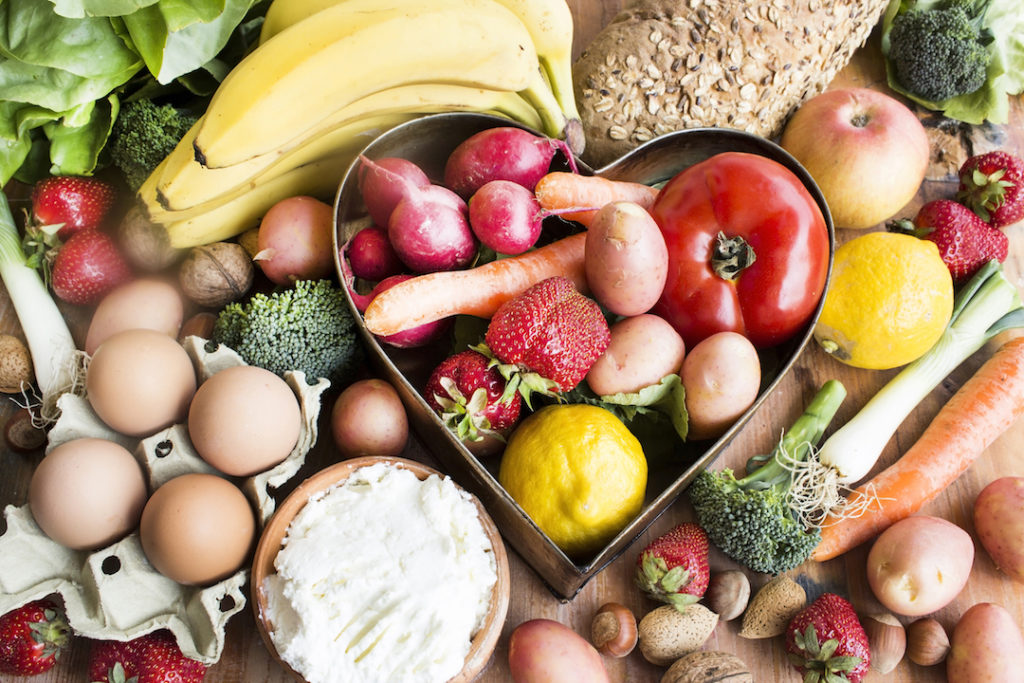How To Eat Healthily
March 8 2019
Healthy eating is a pattern. It’s about how you eat over days, weeks and even months. The simple steps in this guide show you how to eat a diet that’s naturally low in salt, sugar and saturated and trans fats.
Healthy eating patterns don’t focus on one type of food or one type of nutrient to promote heart health. Heart-healthy eating relies on a combination of foods, chosen regularly, over time.
This style of eating is naturally low in saturated and trans fats, salt and added sugar. And it’s rich in whole-grains, fibre, antioxidants and unsaturated fats.
Fruit, vegetables and whole-grains
These foods are high in fibre, vitamins and minerals. Eating plenty of vegetables, fruits and whole-grains is consistently linked to people having healthier hearts. And research shows there is a link between eating them and having a lower risk of heart disease.
Healthy protein foods
Healthy eating patterns include a variety of healthy protein sources. This includes fish and seafood, eggs, lean meat and poultry, legumes, nuts and seeds.
These foods are good sources of macro and micronutrients such as proteins, iron, zinc and vitamins, particularly the vitamin B group.
Reduced-fat dairy
Eat reduced fat dairy foods such as unflavoured milk and yoghurt, and cheese. These are important sources of calcium, protein and other vitamins and minerals.
Eating reduced fat dairy foods with no added sugar can help to reduce the risk of high blood pressure and heart disease.
Healthy fat choices
Use nuts, seeds, avocados, olives and their oils for cooking.
Unsalted nuts and seeds contribute unsaturated fats (omega-3 and omega-6) to our diets. These include nuts and linseed, chia or tahini, and avocados. The same goes for cooking oils made from plants or seeds like olive, canola, peanut, sunflower, soybean, rice bran, sesame and safflower.
These types of fats help to reduce ‘bad’ cholesterol (LDL) and increase ‘good’ cholesterol (HDL), reducing the risk of heart disease.
Herbs and spices instead of salt
Use herbs and spices to flavour foods instead of adding salt when you’re cooking.
Australians consume around nine grams of salt per day on average. We recommend you consume less than five grams a day.
A diet high in salt increases your risk of hypertension and heart disease. A healthy eating pattern, based on the previous four principles, will be naturally lower in salt.
Drinks
Drink water every day. Water is the best drink to choose. It’s cheap, quenches your thirst and has no kilojoules.
Our recipes
There is a simple way to fit healthy eating into your lifestyle using delicious seasonal foods and fresh flavours. Our recipes are designed to make heart-healthy eating easy.
—
Sourced from Heart Foundation Australia.
